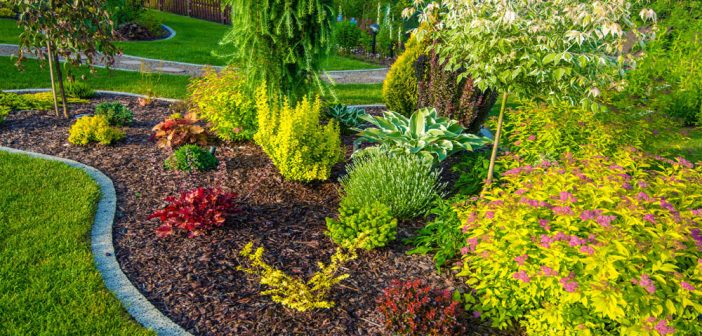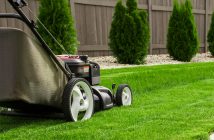As days get hotter and skies get clearer, your garden is going to need some extra help. Here is an easy to follow cheat sheet for ensuring a prosperous summer garden.
Keeping up with Rehydrating
When it comes to deciding how many times to water your garden, there are a few things to consider. Sandy soils (that are dry for up to 4 inches) let you know that plants needs water, while a clay soil (hard to dig through) is dry. Keep an eye out for dry or thick soil.
See how much water was absorbed during a rain shower and determine if your garden requires more water. You can even inject a special gauge into the soil to monitor how much water is there.
Too Much Water
Adding too much water could be dangerous to your plants. Roots need air to breathe so if you add an overabundance of water to the soil, you reduce their ability to breathe. This also varies depending on mulch because mulch protects plants from extreme weather conditions and reduces evaporation from the soil.
Gardening Tools for Watering
If you think you can’t handle keeping up with watering cycles, invest in watering technology. There are sprinkler systems that add the right measurement of water to your garden set to a timer.
Best Time for Watering your Garden
Watering your plants in both the early morning and late afternoon are two of the most ideal times of day where your plants will prosper the most. During the morning the water will run down the soil much quicker than during a later part of the day. This allows the plant to use leftover water from the soil for when the sun may become more intense later on.
Watering late afternoon will soak the plant enough to cut down on evaporation and ensure they have enough water overnight. Be wary of soaked leaves, too much water during the night can cause fungus to grow.
Get to Know your Garden
Knowing your plants and vegetables increases their chance of growth. There are some plants that have certain needs as opposed to others.
• Type of Plant – Plants have different needs, you can find out more about them from the back of seed packets or online.
• Soil – Some soils hold water differently than others. Softer soils can be oversaturated with water and cause the roots to rot more easily than thicker ones.
• Temperatures – Hotter days (mid-70s or 80s) a good general rule of thumb is 1.5 to 2 inches depending on how intense the heat is
• Mulch – Mulch is an important way to protecting your plants from certain temperatures. Add between 2-4 inches of mulch to reduce watering levels.
Be Mindful of Heat Waves
Don’t consider transplanting during a heat wave, the amount of heat can add stress to a plant, reducing their recovery once moved. Same goes for adding fertilizer, it can cause fertilizer burn, an excess of nitrogen salts that damage plant tissues. Dried out soil increases the chance the fertilizer will be consumed, causing the burn.
Use shade to protect your garden. Shading systems can be purchased, or naturally occurring in the form of trees.
Watering Thicker Plants
When it comes to thick plants like trees and shrubs, you don’t need to water them constantly, they can normally handle that warm weather. But it’s a good to keep an eye out for stress, brown or droopy leaves. Water thick plants slowly with a hose directly over the root as to hydrate them quicker.
Newly Planted Trees
Trees who haven’t reached their second birthday should receive1.5 inches of water a week. As long as it rains once a week, trees will survive.








